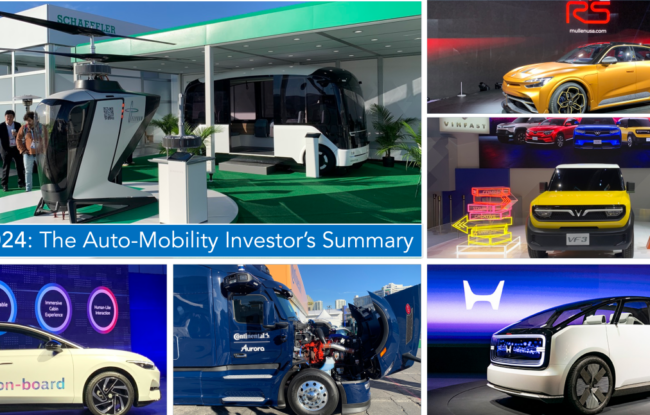Will we end up with “national champions” in automotive production?
With a Honda-Nissan-Mitsu tie-up in the works, surely a Stellantis merger (Renault?) not far behind, Germany with at least one too many manufacturers, and the great shake-out of Chinese OEMs beginning, it’s not far-fetched to imagine a time in which there are only one or two OEMs per region.
Over decades, commercial aircraft companies have failed, merged, and been acquired so that only a handful of regional champions have emerged: Embraer, Comac, Airbus and Boeing. Flyers focus on their choice of airlines, rarely on choosing the constructor of the metal tube. Regardless if you buy a ticket from Delta, American, Lufthansa, or Wizzair – you are sitting in the same A320.
In on-demand, multimodal mobility, there is similarly little concern for who bends the sheetmetal for the autonomous shuttle I sit in. Vertical integration (from tech-stack to manufacture, to operations) is – paradoxically – inefficient and no company will have sufficient scale or breadth of skillset. Production of purpose-built vehicles will move to low-cost specialists (e.g. Foxconn, Geely, maybe Kia) over time.
Of course, there’s still a key difference to commercial aviation: some end-consumers still actually buy cars, and they will continue to. For them, branding will likely remain (see Geely and Nio’s recent efforts), but production will be common. Your Panasonic, Philips, Hisense, or Sony TV? Yes, that’s likely built by Samsung – a national champion in Korea. At least for now; three-quarters of flat-screen TVs will likely be produced in China within the next 12-24 months.
Which brings me back to cars. Currently, a third are built in China, including some MINIs, a lot of Teslas, and even a Lincoln. It’ll be more than half within the next decade. Leaving North America, South Asia, Europe, and both Korea and Japan fighting for the scraps – and consolidating their national champions.


